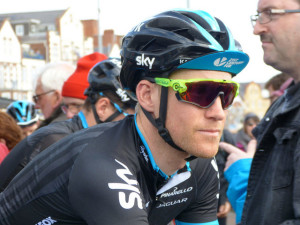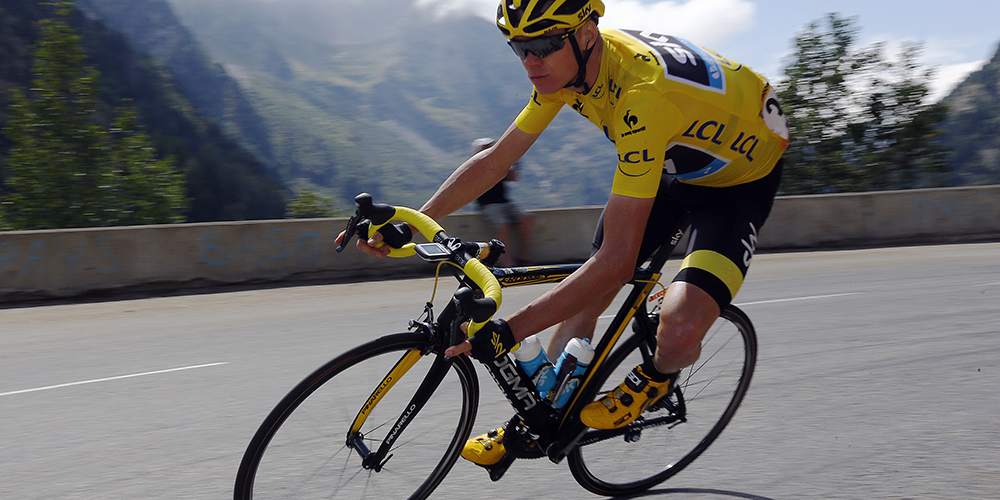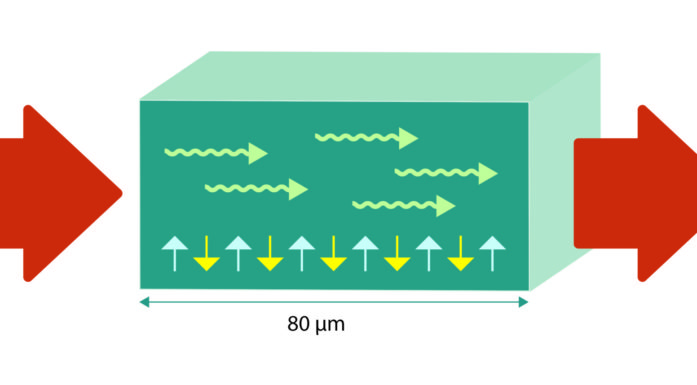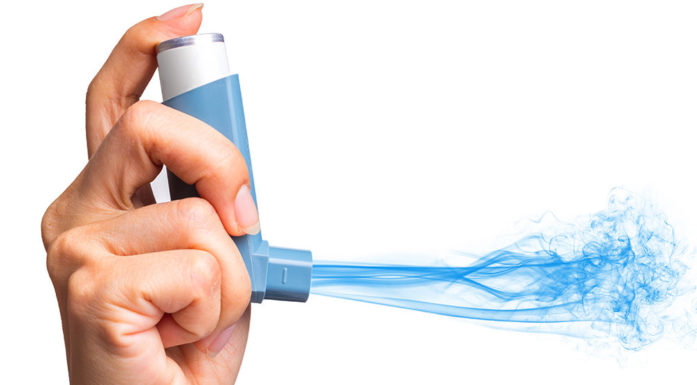NTNU to help Team Sky suit up
The professional cycling team will work with the university to improve their aerodynamic suits.
The days when a bike suit was just a bike suit are over. Now it’s so much more. It’s all about aerodynamics and how well the suit performs at various speeds and in diverse weather conditions. In extreme cases, the suit can even make the difference between winning and losing.
Can help with efficiency
“The suit is important. You can save quite a lot of effort – especially when riding downhill or on the flats. For example, if you can have five per cent less drag, it will have a huge impact on performance,” says Luca Oggiano, a researcher at NTNU’s Department of Physics, to gemini.no.
And incidentally, this applies not only to cycling, but also to many other sports: swimming, skating, and Nordic and alpine skiing.
- You might also like: Intelligent clothing for extreme conditions
Team Sky contacted NTNU
NTNU has a lot of expertise in aerodynamics, which is a critical aspect of the suit’s performance. Using sophisticated equipment, such as a wind tunnel, researchers can test how materials and textiles behave in varied weather and wind conditions. This is an expertise Team Sky was interested in making use of.
The British cycling team, which includes both last year’s Tour de France winner Chris Froome and Norwegian Lars Petter Nordhaug, contacted NTNU last summer. They wanted to collaborate in developing new bike suits that can carry the team to new heights.
“Five years ago I completed my doctoral thesis on aerodynamics. Since then I’ve worked with top Norwegian Olympic athletes and Adidas, among others. Last summer, an email from Team Sky landed in my inbox,” Oggiano says.
“They had read my thesis and asked if it would be possible to work together,” he said.
- You might also like: Gala dress with grid cell glitter
Long term

“The aerodynamics of the suit are very important and can mean the difference between a victory and a third place in a tempo stage, says the Norwegian Team Sky rider Lars Petter Nordhaug.
Team Sky visited NTNU before Christmas, and the parties agreed to cooperate. Oggiano won’t go into the details of the project, but what is clear is that Team Sky and NTNU wants a long term relationship.
“We’ll be testing existing outfits and look for suggestions for improvements”.
Fabric type, texture and roughness are all important elements in this kind of work. The suit needs to fit like a glove, with as little air as possible getting in between the material and the rider.
The suit should be like an extra layer of skin for the rider, but at the same time it also has to breathe. In other words: nothing can be left to chance.
Very useful for the team
According to Simon Jones, Head of Innovation at Team Sky, the team has never been fond of taking chances. He likes the testing, innovation, evaluation and development that will be carried out in this collaboration.
“Innovation has always been important for the team, but when it comes to suits, there’s still a lot of potential for improvement,” Jones tells gemini.no.
“Air resistance is a major force that slows down the riders, so what they wear has a huge impact on their performance. Every professional team understands the necessity of aerodynamic suits. We want to find out if we can improve our suits even more,” he says.
So why did the cycling team specifically choose NTNU for this work?
“Knowledge and potential projects are two important reasons. NTNU has several leading world experts in sports development and textiles, so being able to take advantage of this expertise is very helpful to us,” says Team Sky’s Head of Innovation.





